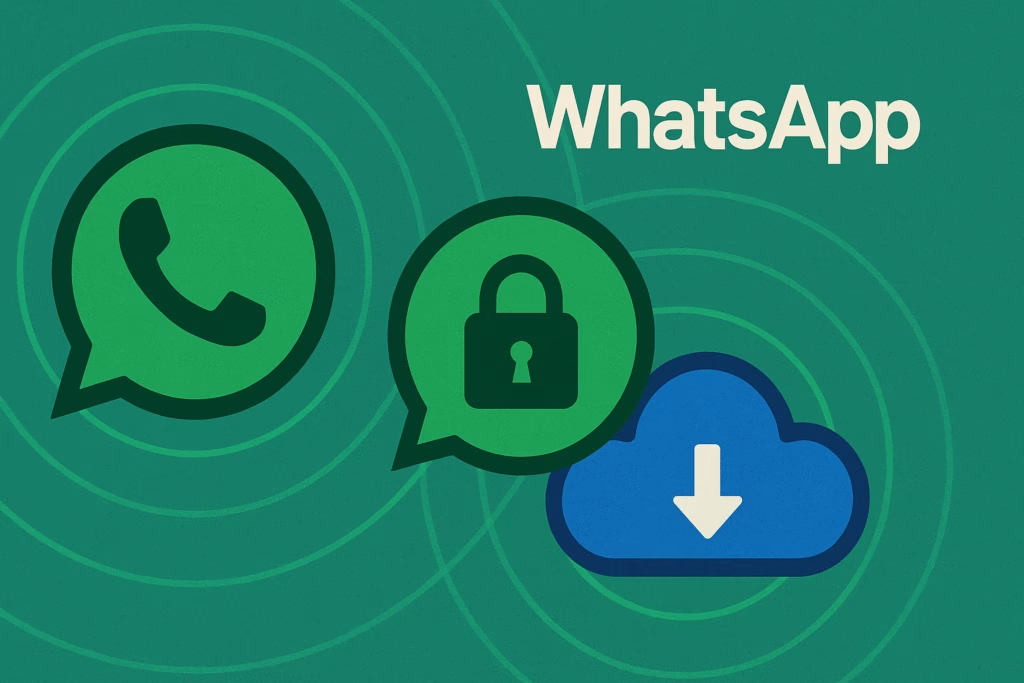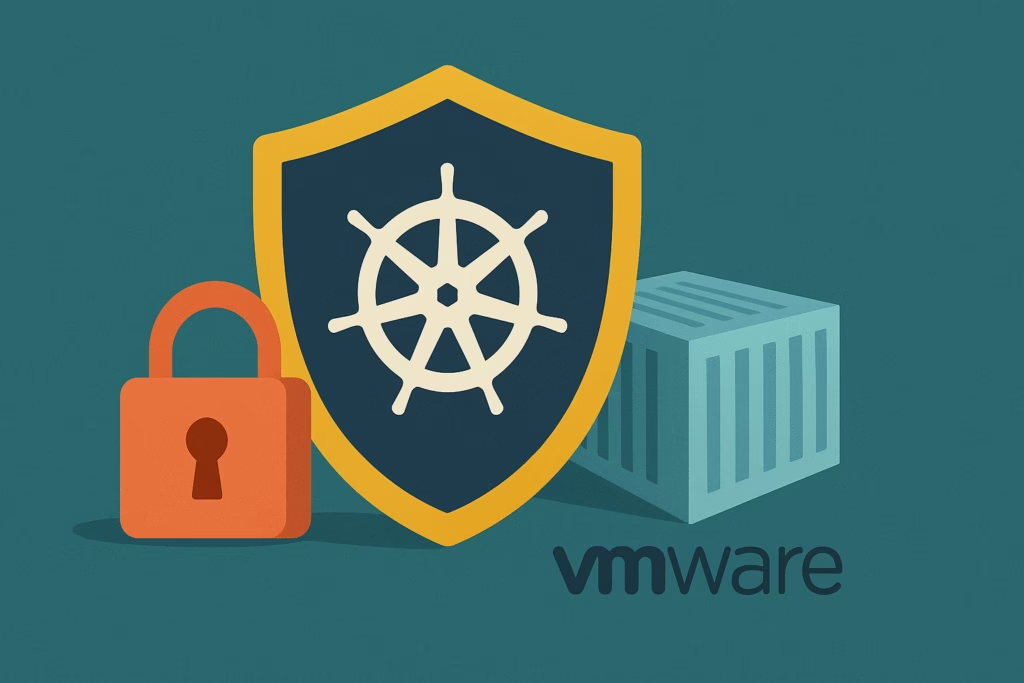
Introduction
Phishing remains one of the most pervasive cybersecurity threats for organizations of all sizes. In 2023, the FBI’s Internet Crime Complaint Center reported over 300,000 phishing incidents, resulting in more than $4 billion in losses. To combat social engineering attacks, security awareness programs must include robust email phishing testing and phishing quizzes that assess employee readiness. This guide walks through designing, executing, and refining phishing tests for employees, ensuring your team stays vigilant and minimizes risk.
Understanding the Importance of Phishing Testing
Email-based attacks account for over 90% of data breaches, and human error is a factor in 95% of those incidents according to the IBM Cost of a Data Breach Report. A comprehensive security awareness program integrates periodic phishing simulations to:
- Measure real-world employee susceptibility.
- Reinforce best practices through immediate feedback.
- Create a data-driven roadmap for targeted training.
- Demonstrate compliance with regulations such as HIPAA and PCI DSS.
Designing Effective Phishing Quizzes
Well-crafted phishing quizzes challenge employees to identify red flags without giving away answers. Here’s how to develop them:
1. Identify Common Threat Scenarios
- Spear phishing: An email appearing to come from a known executive.
- BEC (Business Email Compromise): Invoice or payment requests.
- Credential harvesting: Fake login pages prompting password entry.
- Malicious attachments: Office documents with embedded macros.
2. Vary Difficulty Levels
- Beginner: Obvious spelling errors and mismatched URLs.
- Intermediate: Subtle URL typos and credential requests.
- Advanced: Personalized content mimicking real company processes.
3. Structure the Quiz for Engagement
- Present a short email screenshot or mockup.
- Ask multiple-choice questions: “Which indicators suggest phishing?”
- Include an open-ended question: “What would you do next?”
Integrate these quizzes into your Learning Management System (LMS) or deliver them via email. Track scores and completion rates for continuous improvement.
Setting Up Email Phishing Testing Campaigns
Email phishing testing goes beyond quizzes, simulating live attacks to gauge employee reactions. Follow this step-by-step guide:
Step 1: Define Objectives and Metrics
- Click-through rate (CTR): Percentage of employees who click a malicious link.
- Report rate: Employees who forward the suspicious email to the security team.
- Repeat offenders: Individuals failing multiple simulations.
Step 2: Choose a Phishing Simulation Platform
Platforms like PhishDef offer turnkey campaigns with customizable templates, analytics dashboards, and automated follow-up training. Evaluate vendors on:
- Template variety and realism.
- Integration with Active Directory or HR systems.
- Automated phishing quizzes and remediation paths.
- Detailed reporting and ROI tracking.
Step 3: Craft Realistic Phishing Emails
- Use legitimate-looking sender names and display domains.
- Embed tracking links that redirect safely to training pages.
- Simulate genuine business processes (e.g., IT support, HR benefits).
- Ensure mobile responsiveness for employees opening emails on phones.
Step 4: Pilot Test and Adjust
- Run a small-scale pilot with a diverse group (finance, HR, operations).
- Gather feedback on realism and difficulty.
- Refine content, timing, and frequency based on pilot results.
Step 5: Launch Organization-Wide
Roll out campaigns monthly or quarterly. Vary scenarios to cover new phishing trends—such as QR code scams or malicious collaboration invites from services like Zoom or Teams.
Best Practices for Phishing Test Employees
To maximize the impact of your phishing tests, incorporate these best practices:
- Executive Sponsorship: Secure C-level buy-in to allocate resources and reinforce accountability.
- Positive Reinforcement: Reward employees who consistently report phishing attempts. Consider recognition programs or small incentives.
- On-the-Spot Training: Immediately direct clickers to a brief training module explaining the red flags they missed.
- Confidentiality: Communicate that individual results remain private to avoid shaming employees.
- Continuous Improvement: Use click and report data to tailor future training topics.
Real-World Examples and Case Studies
Examining successful implementations highlights the value of rigorous phishing testing:
Case Study: Mid-Sized Financial Firm
- Challenge: Employees clicked on phishing links at a 22% rate.
- Solution: Quarterly simulations with branching training modules via PhishDef.
- Outcome: Click-through rates dropped to 5% over six months; reporting rates increased from 10% to 65%.
Example: Technology Startup
- Scenario: Rapid growth outpaced security awareness efforts, leading to a ransomware infiltration.
- Action: Implemented monthly email phishing testing combined with interactive quizzes after each campaign.
- Result: Zero successful phishing breaches in the next 12 months; phishing simulation ROI measured at 300% due to avoided incidents.
Key Takeaways
- Effective phishing tests blend realistic scenarios, varying difficulty, and immediate feedback.
- Track metrics—click-through, report rate, and repeat offenders—to measure program success.
- Use platforms like PhishDef for streamlined campaign management and analytics.
- Reinforce positive behavior with recognition and targeted training.
- Continuous evaluation and adaptation keep your program aligned with evolving threats.
Call to Action
Ready to strengthen your organization’s human firewall? Get started with PhishDef’s comprehensive phishing simulation and training platform. Sign up for a free trial today and see how our realistic phishing quizzes and automated email phishing testing can reduce your risk and build a culture of security awareness.


